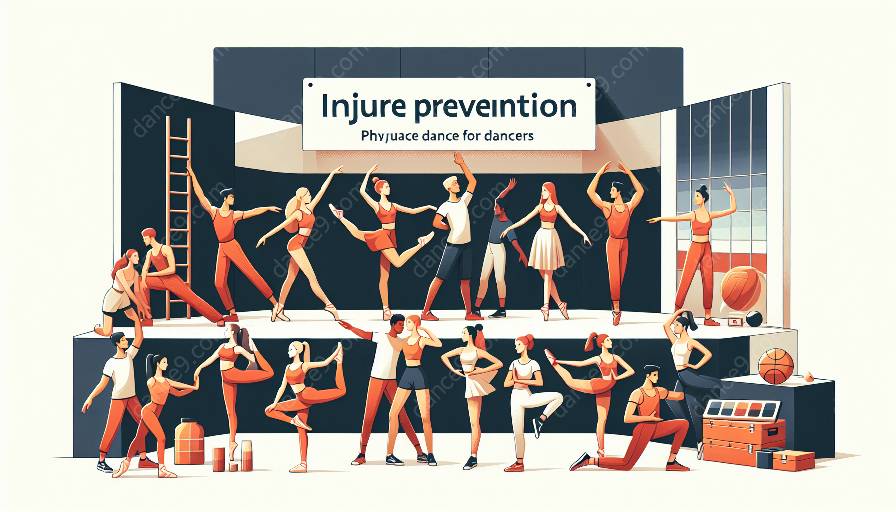Dance is a beautiful and expressive art form that requires dedication, discipline, and physical and mental well-being. In this article, we will delve into the important relationship between injury prevention and the pursuit of artistic expression in dance, while also addressing the significance of physical and mental health in dance.
The Connection between Injury Prevention and Artistic Expression
Effective injury prevention methods play a crucial role in supporting dancers' ability to express themselves artistically. When dancers are free from the fear of injury, they can fully immerse themselves in their movements, allowing their creativity and emotions to flow unhindered. Additionally, preventing injuries enables dancers to consistently refine their technique and master challenging choreography, ultimately enhancing their ability to communicate complex narratives and emotions through their performances.
The Role of Physical and Mental Health in Dance
Physical and mental health are paramount in sustaining a dancer’s ability to communicate and express themselves artistically. Engaging in regular physical conditioning, such as strength training and flexibility exercises, not only aids in injury prevention but also enhances a dancer’s capacity to execute dynamic and expressive movements.
Moreover, prioritizing mental health is essential for dancers to maintain a positive mindset and manage the pressures inherent in the industry. Techniques such as mindfulness, meditation, and stress management contribute to dancers’ overall well-being, allowing them to approach their art with clarity, emotional depth, and resilience.
Creating an Injury Prevention Plan for Dancers
Developing a comprehensive injury prevention plan is crucial for dancers to safeguard their physical and mental well-being while pursuing artistic expression. This plan may include regular physical screenings, personalized training programs, proper nutrition, adequate rest, and access to healthcare professionals specializing in dance-related injuries.
Additionally, dancers should be empowered to engage in open communication about their physical and mental health with their instructors, choreographers, and peers. Cultivating a supportive community that values holistic wellness contributes to a nurturing environment where dancers can thrive artistically.
Conclusion
Ultimately, the pursuit of artistic expression in dance is intrinsically linked to injury prevention, physical and mental health. By prioritizing these aspects, dancers can unleash their full creative potential, communicate profound narratives, and captivate audiences with their performances, all while ensuring their long-term well-being.


































